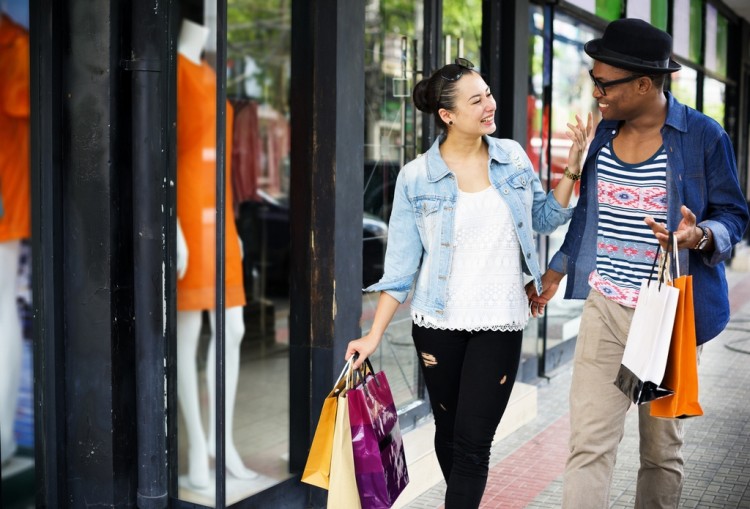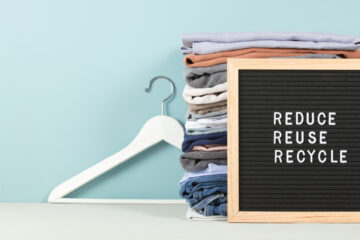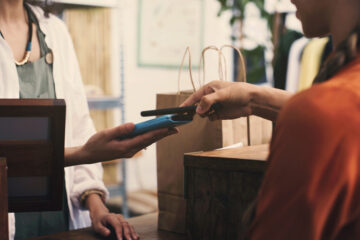Black Friday Winners Lead with Strong In-Store Experiences

Wherever you look, the numbers show that consumers still like going to stores. And shoppers are spreading out their purchases, not just across channels but also across the two-month holiday season, rather than just a single long weekend, giving stores even more incentive to provide a consistent, high-quality in-store experience.
While many people are taking advantage of online channels, strong in-store performances were also achieved in different ways this year. Black Friday still brought in 77 million consumers into stores, followed by Small Business Saturday, with 55 million consumers. People still like to see what they are buying and know exactly what they are getting, and many stores are doing an excellent job in attracting shoppers.
Multi-channel Shoppers Spent More
If you consider online and in-store traffic together, many retailers actually experienced a net boost in sales and profit margins. Furthermore, over half of shoppers used mobile devices to make holiday decisions, possibly visiting stores and saving their purchase for later, and a third used their phones to make purchases, blurring the line between online and offline shopping even further.
An NRF survey found that over 64 million shopped both online and in stores, 58 million shopped only online, while 51 million shopped only in stores. Furthermore, shoppers using multiple channels spent $82 more on average than the online-only shopper, and $49 more on average than those shoppers who only shopped in stores.
What Factors Contributed to a Great In-store Experience This Year?
Based on reviews of 8,000 locations, the 2017 Retail Reputation Report rated in-store experience based on the factors such as value, service, wait times, cleanliness, convenience, product availability, and staff competence.
The Lego Store and Disney Store, and Adidas topped the list. Personalization was a key differentiator at Walmart and Target, where store associates came across knowledgeable and helpful, using handheld POS to help customers locate out-of-stock items and processing payments when the checkout lines get too long.
Others like Best Buy and T.J. Maxx offered the best value deals they could offer. Abercrombie & Fitch focused on making convenience a priority with BOPIS, while “athleisure” brands such as Nike and Lululemon were particularly successful in driving strong traffic into stores, both of which used technology to draw in customers with entertainment value.
How do you make sure you offer a great in-store experience?
To provide customers with a great in-store shopping experience, retailers must offer great sales, well-organized merchandise, a well-trained staff capable of offering personalized attention, and fast-moving checkout lines. A mobile POS solution increases productivity, improves communication, and promotes engagement with customers. Built-in pricing engines help retailers adapt to market fluctuations, offer the best value, and avoid excessive losses. And with leaner store operations and integrated supply chain management, retailers can focus on the kind of experience customers want when they come into their stores.
Find out how Openbravo’s mobile POS solution and full-featured Retail Management Solution can help sharpen your in-store shopping experience.




No Comment